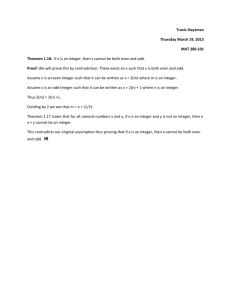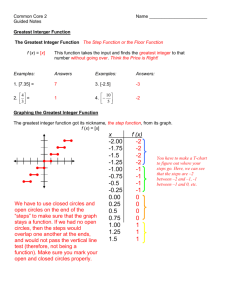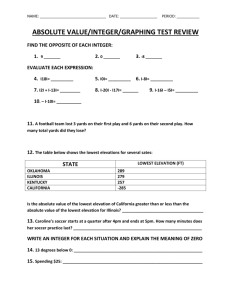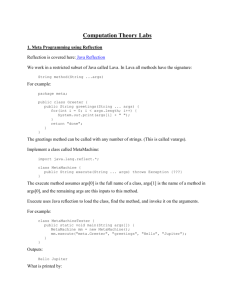This section of our 1000+ Java MCQs focuses on Integer, Long
advertisement
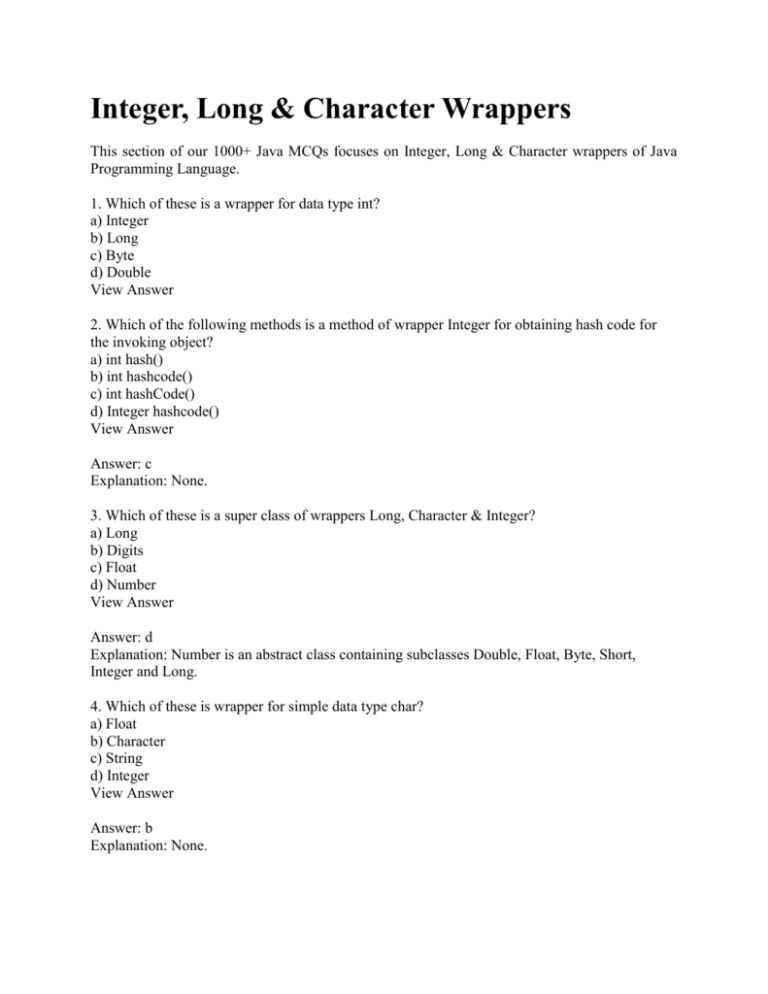
Integer, Long & Character Wrappers
This section of our 1000+ Java MCQs focuses on Integer, Long & Character wrappers of Java
Programming Language.
1. Which of these is a wrapper for data type int?
a) Integer
b) Long
c) Byte
d) Double
View Answer
2. Which of the following methods is a method of wrapper Integer for obtaining hash code for
the invoking object?
a) int hash()
b) int hashcode()
c) int hashCode()
d) Integer hashcode()
View Answer
Answer: c
Explanation: None.
3. Which of these is a super class of wrappers Long, Character & Integer?
a) Long
b) Digits
c) Float
d) Number
View Answer
Answer: d
Explanation: Number is an abstract class containing subclasses Double, Float, Byte, Short,
Integer and Long.
4. Which of these is wrapper for simple data type char?
a) Float
b) Character
c) String
d) Integer
View Answer
Answer: b
Explanation: None.
5. Which of the following is method of wrapper Integer for converting the value of an object into
byte?
a) bytevalue()
b) byte bytevalue()
c) Bytevalue()
d) Byte Bytevalue().
View Answer
Answer: b
Explanation: None.
6. Which of these methods is used to obtain value of invoking object as a long?
a) long value()
b) long longValue()
c) Long longvalue()
d) Long Longvalue()
View Answer
Answer: b
Explanation: long longValue() is used to obtain value of invoking object as a long.
7. What is the output of this program?
1.
2.
3.
4.
5.
6.
7.
8.
class Output {
public static void main(String args[]) {
char a[] = {'a', '5', 'A', ' '};
System.out.print(Character.isDigit(a[0]) + " ");
System.out.print(Character.isWhitespace(a[3]) + " ");
System.out.print(Character.isUpperCase(a[2]));
}
}
a) true false true
b) false true true
c) true true false
d) false false false
View Answer
Answer: b
Explanation: Character.isDigit(a[0]) checks for a[0], whether it is a digit or not, since a[0] i:e ‘a’
is a character false is returned. a[3] is a whitespace hence Character.isWhitespace(a[3]) returns a
true. a[2] is an upper case letter i:e ‘A’ hence Character.isUpperCase(a[2]) returns true.
Output:
$ javac Output.java
$ java Output
false true true
8. What is the output of this program?
1.
2.
3.
4.
5.
6.
7.
class Output {
public static void main(String args[]) {
Integer i = new Integer(257);
byte x = i.byteValue();
System.out.print(x);
}
}
a) 0
b) 1
c) 256
d) 257
View Answer
Answer: b
Explanation: i.byteValue() method returns the value of wrapper i as a byte value. i is 257, range
of byte is 256 therefore i value exceeds byte range by 1 hence 1 is returned and stored in x.
Output:
$ javac Output.java
$ java Output
1
9. What is the output of this program?
1.
2.
3.
4.
5.
6.
7.
class Output {
public static void main(String args[]) {
Integer i = new Integer(257);
float x = i.floatValue();
System.out.print(x);
}
}
a) 0
b) 1
c) 257
d) 257.0
View Answer
Answer: d
Explanation: None.
Output:
$ javac Output.java
$ java Output
257.0
10. What is the output of this program?
1.
2.
class Output {
public static void main(String args[]) {
3.
4.
5.
6.
Long i = new Long(256);
System.out.print(i.hashCode());
}
}
a) 256
b) 256.0
c) 256.00
d) 257.00
View Answer
Answer: a
Explanation: None.
Output:
$ javac Output.java
$ java Output
256





